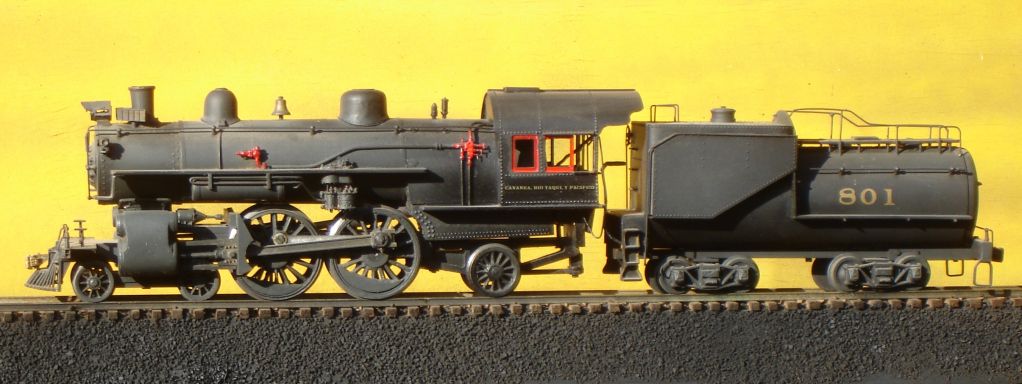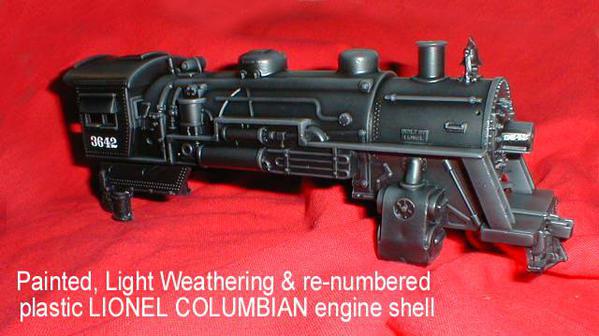Originally Posted by leikec:
The problem isn't baking a loco shell in the oven--it's that you have to baste the silly things constantly to keep them from being tough and hard to slice... 
Jeff C
Try N scale, I hear you can just pop them into your mouth .
.
Nobody mentioned temperature! 55º+, dry, no sun. Cold will often "cloud" a gloss paint. I used cold so tin Marx repaints didn't outshine the 1930s cars too bad. I spray with black gloss Industrial Rustoleum, wait for a skin to just start, and put it in the old freezer for a few hours in cold, a few hours out, in at night, 3 nights. Few realize it's a repaint. Usually its if they notice the underside/inside has paint
Pick a paint brand, and type, & stick to it.
Surface prep, Surface prep, Surface prep.
Most "fails" are bad surface prep, or incompatible layers of paints.
Some enamels do like baking. But if it doesn't say anything about baking on the can, you likely should not do it over 140º. Not without talking to the maker anyhow.
The baked result is tougher, but usually more brittle, so your surface prep better be right, or it will chip easy there.
Another baked, or an un-baked layer can top it. A soft final layer can be an advantage on items for overall protection, taking away impact, from sharp blows that could chip the baked coat. Scratches in the soft, often just reveal the harder baked finish.
Spray paints are made to air dry, and don't always like real high heat. They can release "bad & nasties" faster, and literally start to boil, and leave trapped bubbles in it if it skins too quick. Some paints could "melt" at 350º too.
Nickey, I was poking two fingers with a grin. Please check, I used plurals.
And I like colors the House of Colors has. You must like house of colors I bet Dave likes House of colors. Everybody likes House of Colors", even if they don't like ice cream
What did you expect.Two passionate painters, both with good advice, both a little more annoyed than usual. I tried to insert a laugh, sorry I "Fink different".
The Devil Big Daddymade me do it! Where's my Varmint hat...ah yea
Where's my Varmint hat...ah yea
(Sorry, I had to borrow your hat Nichole, Ill put it back now. )
)












